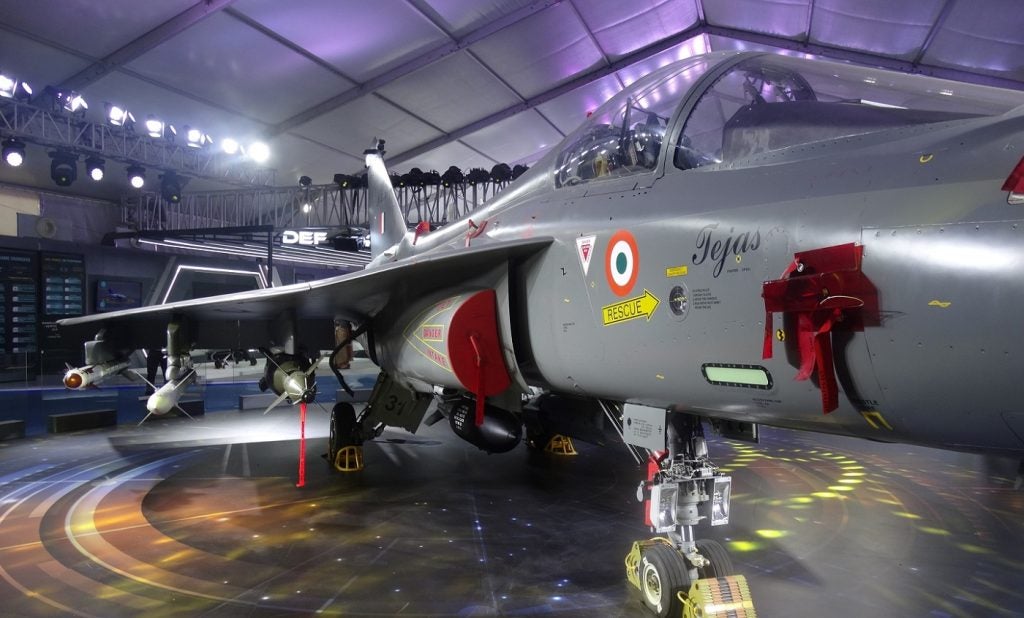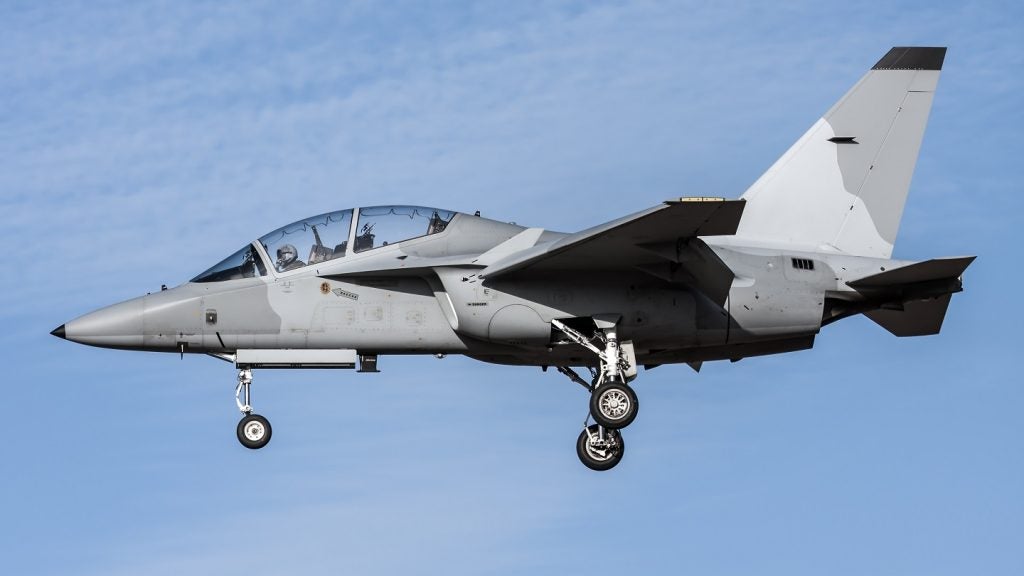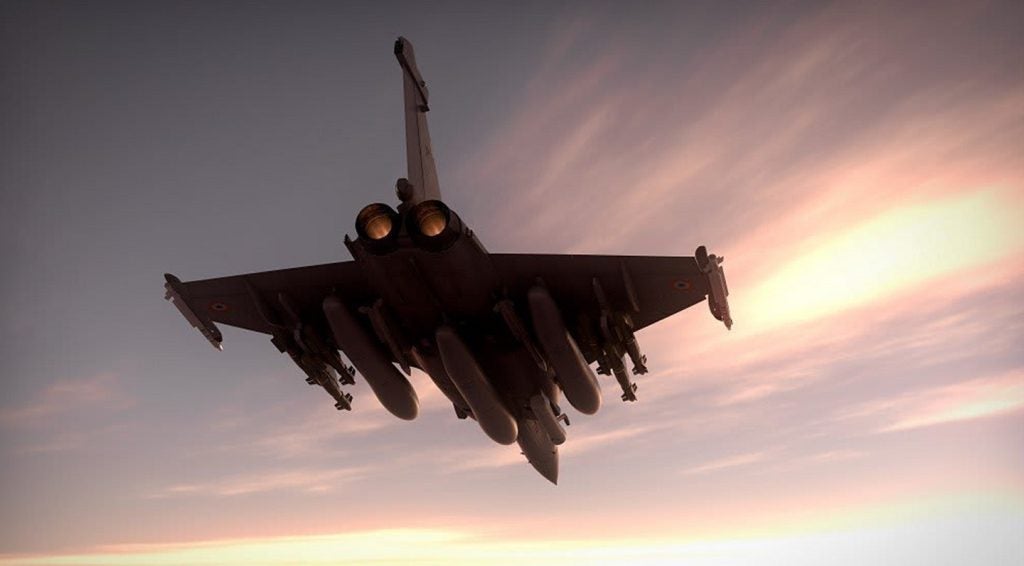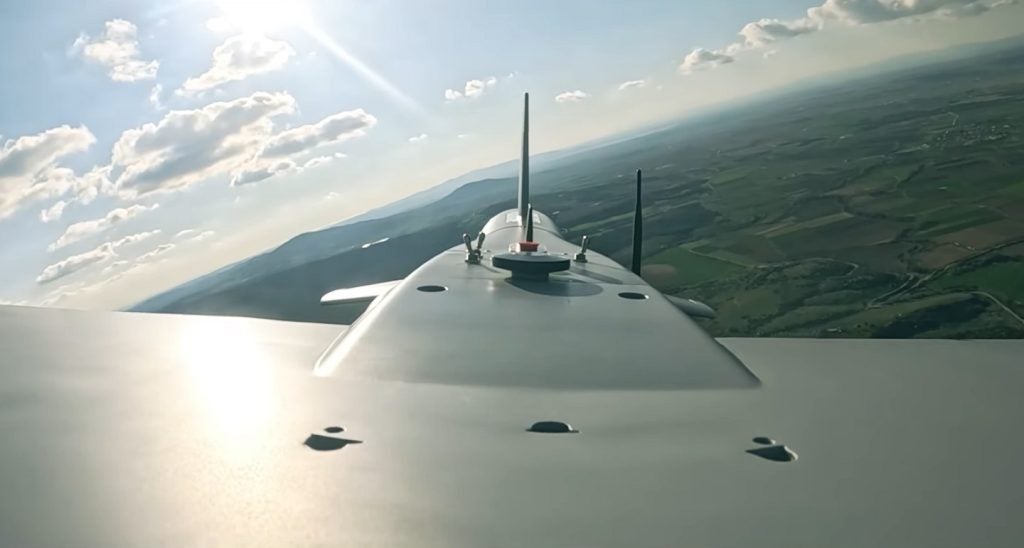
Finland kicked off its quest for a new fighter jet in 2015 when then Prime Minister Sipilä’s office launched the programme to find a replacement for the ageing fleet of F/A-18 C/D Hornets. This triggered the preliminary stages of the programme, which recommended that the Finnish Armed Forces look to acquire a fleet of multi-role fighter jets.
The Hornets are set to start being phased out starting in 2025and the competition recently entered crunch phase, with the Finnish Ministry of Defence now starting to evaluate the competitors’ entrants against their claims ahead of a contract decision late next year. The new jets will enter service as the old Hornets are phased out and will be delivered through till 2030.
Following a Request for Information (RFI) sent to the UK, France, Sweden and the US, Finland now faces a choice between the Boeing Super Hornet, Dassault Rafale, Lockheed Martin F-35A, Saab Gripen and the Eurofighter Typhoon –the first of the options to undergo evaluations.
Boeing Super Hornet
Boeing told Air Force Technology that as a follow-up to the Hornet, the infrastructure to support the Finnish Air Force in flying the Super Hornet essentially already exists. With many existing industry partners in Finland already up and running it would be possible to perform assembly of the aircraft or components in the country. Boeing emphasised this easy switch, saying: “You could have a Hornet flying today and a Super Hornet flying tomorrow.”
The Super Hornet is a mainstay of the US Navy’s aerial power, with Boeing saying the Block III Super Hornet can engage threats across air, land and sea.
Boeing explained: “The F/A-18 Super Hornet is the world’s most proven and affordable multi-role fighter and will continue to evolve with the development of the next-generation Block III Super Hornet.
How well do you really know your competitors?
Access the most comprehensive Company Profiles on the market, powered by GlobalData. Save hours of research. Gain competitive edge.

Thank you!
Your download email will arrive shortly
Not ready to buy yet? Download a free sample
We are confident about the unique quality of our Company Profiles. However, we want you to make the most beneficial decision for your business, so we offer a free sample that you can download by submitting the below form
By GlobalData“The Block III configuration adds capability upgrades that include enhanced network capability and processor, longer range, reduced radar signature, advanced cockpit system, enhanced communications system, as well as the life of the airframe being extended from 6,000 hours to 10,000 hours.”
This history of providing the legacy fleet of Hornets means a large amount of the infrastructure needed to support a fleet of Super Hornets is already in place, with Boeing estimating that around 60% of existing Hornet tooling can be used to support the newer aircraft, increasing cost savings of the programme.
Boeing added: “Ultimately, its entirely new airframe, proven capabilities, low-risk and known, affordable acquisition price, low documented life cycle costs, and guaranteed delivery schedule, make Super Hornet ideally suited to meet Finland’s fighter aircraft requirement.”

Dassault Rafale
Unlike the rest of the pack, Dassault has been somewhat muted in its decision to offer the Rafale to the Finnish Air Force for their HX programme. This week two aircraft from the French Air Force arrived in the country for its turn at evaluations in the cold.
The aircraft is the main fighter of the French Air Force and is also used by several foreign customers including India, Egypt and Qatar. The aircraft comes in a number of variants including a carrier fighter. Finland has been offered the Rafale C aircraft; a twin-seater Rafale B is also available which can be used for training and more intensive missions.
According to Finnish media, Dassault has offered Finland the ability to operate the aircraft independently from France with the potential for the airframes to be assembled in the country if so desired.
Dassault describes the aircraft on its website as “the right answer to the capability approach selected by an increasing number of governments,” adding that the Rafale offers the ability to “carry out the widest range of roles with the smallest number of aircraft.”
Dassault describes the fighter jet as ‘omnirole’ rather than multi-role saying that it the Rafale is: “relevant against both traditional and asymmetrical threats, it addresses the emerging needs of the armed forces in a changing geopolitical context, and it remains at the forefront of technical innovation.”

Lockheed Martin F-35A
Lockheed Martin makes its thoughts clear on its dedicated F-35 site describing the F-35A Joint Strike Fighter as the ‘best choice for Finland’ citing the fighter’s advanced features and ever-decreasing price tag as benefits for the Finnish Armed Forces.
Lockheed Martin says that it will support Finnish security of supply for the fighter by establishing maintenance facilities in the country, and by maintaining an adequate level of ‘materiel stock in country’.
Lockheed also touts the large international user base of the F-35 as a potential advantage of the fighter, increasing interoperability with several of Finland’s allies both in Europe and across the world. The F-35 will ‘help Finland ensure its national security and its ability for building partnerships and interoperability for decades to come,’ according to Lockheed.
The company says use of the aircraft within Europe is a means to increase partnership opportunities and cost-sharing ability, which would also help to reduce through-life costs. The aircraft is set to operate long into this century, with its service life projected through to 2070.
Lockheed first confirmed its interest in the HX programme at Paris Air Show 2019, and the F-35 is set to undergo evaluation trials 7 – 17 February.

Saab Gripen
Describing why the aircraft is a good fit for the Finnish Armed Forces, Saab Gripen campaign director for Finland Magnus Skogberg told Air Force Technology: “Gripen E/F features the latest available technology for the continuously changing and very challenging operational environment.
“Gripen has been designed from the start for the challenging operations and threat scenarios very similar to those in Finland. It is built for road-base operations, harsh climate and easy maintenance by conscript mechanics.”
The Gripen is set to undergo evaluation at the end of January and will face the same tests as its competition. A number of countries already use the Gripen, including Sweden and Hungary, as well as other customers across the world.
Saab is offering the E/F variant which features an advanced electronic warfare package designed to detect threats before they locate the aircraft.
Skogberg added: “In addition to a substantial weapon and sensor package as well as the necessary equipment and associated services needed for operating the system, our offer to Finland includes also the world’s most advanced AEW&C system GlobalEye, which brings Finnish situational awareness to a whole new, strategic level.”
Skogberg added Saab’s bid would come hand-in-hand with a number of promises to bolster Finnish industry. He said: “We offer a true industrial partnership with the aim to build extensive national capabilities in Finland for Security of Supply. Our offer includes transfer of maintenance, repair and overhaul capabilities to local industry, production of aircraft and an establishment of a Gripen and GlobalEye sustainment and development centre in Finland.”

Eurofighter Typhoon
On 10 January, the Typhoon became the first of the five possible fighters to take part in the competition’s HX challenge phase, with the aircraft’s performance being tested under the operation of UK Royal Air Force (RAF) pilots.
A key test for the Typhoon will be cold-weather testing to make sure it can handle Finnish environments and still perform to expectations.
Commenting on the trials, Typhoon Chief Test Pilot Steve Formoso said: “We believe Eurofighter meets every operational requirement of the Finnish Air Force today and is already optimised to defend Finland for many decades to come. There are close to 500 Eurofighters in Europe and, through that, we have demonstrated the aircraft can operate in the most difficult and demanding of conditions.
“For example, Eurofighter provides to the defence of the Falkland Islands from RAF Mount Pleasant in the South Atlantic, operating some 13,000km away from ‘home’ bases in the UK. On top of that, Eurofighters from across the European air force regularly undertake NATO Baltic Air Policing and over their own airspace.”
Like many of the other fighters on offer, the Typhoon has seen extensive service with European Air Forces including the German Luftwaffe, the UK Royal Air Force and the Italian Aeronautica Militare.
BAE Systems Finland Managing Director Paul Hitchcock emphasised this, telling Air Force Technology: “We believe that by choosing Eurofighter, the Finnish Air Force would not only be acquiring the most advanced multi-role aircraft on the market, and one proven in service across the globe, it would be choosing everything Finland needs to independently operate, maintain and control its own aircraft in peacetime and times of crisis.”

Dassault and Lockheed Martin had been approached for comment but had yet to reply at the time of publishing.







